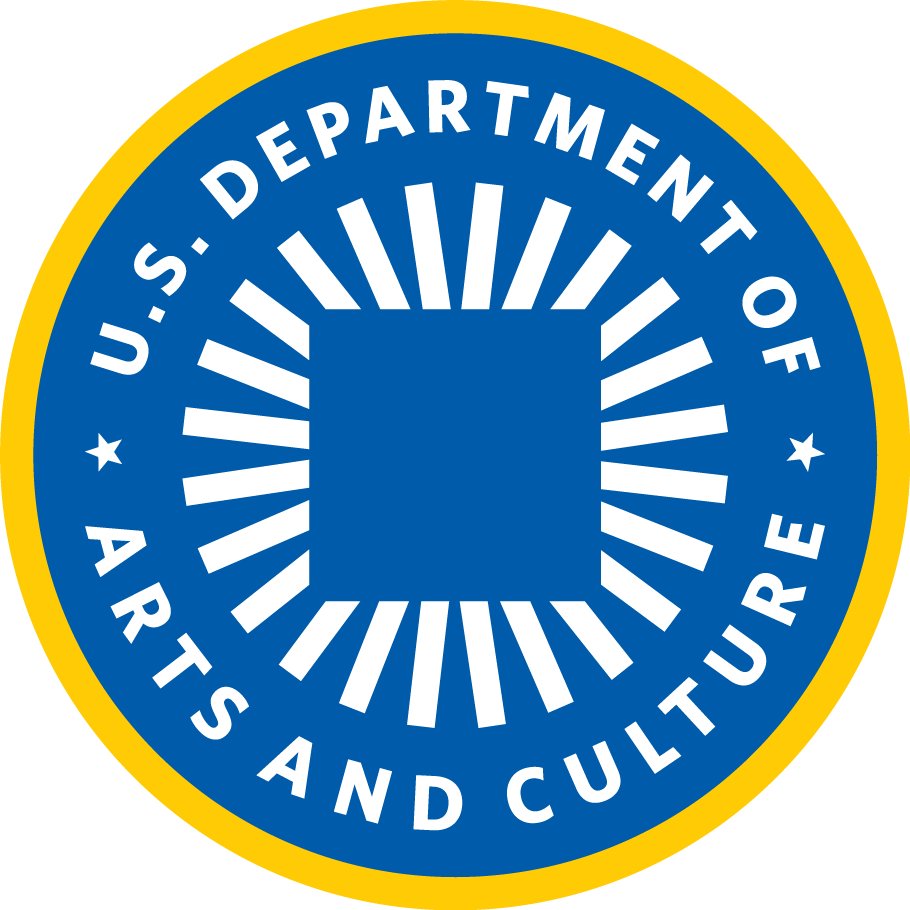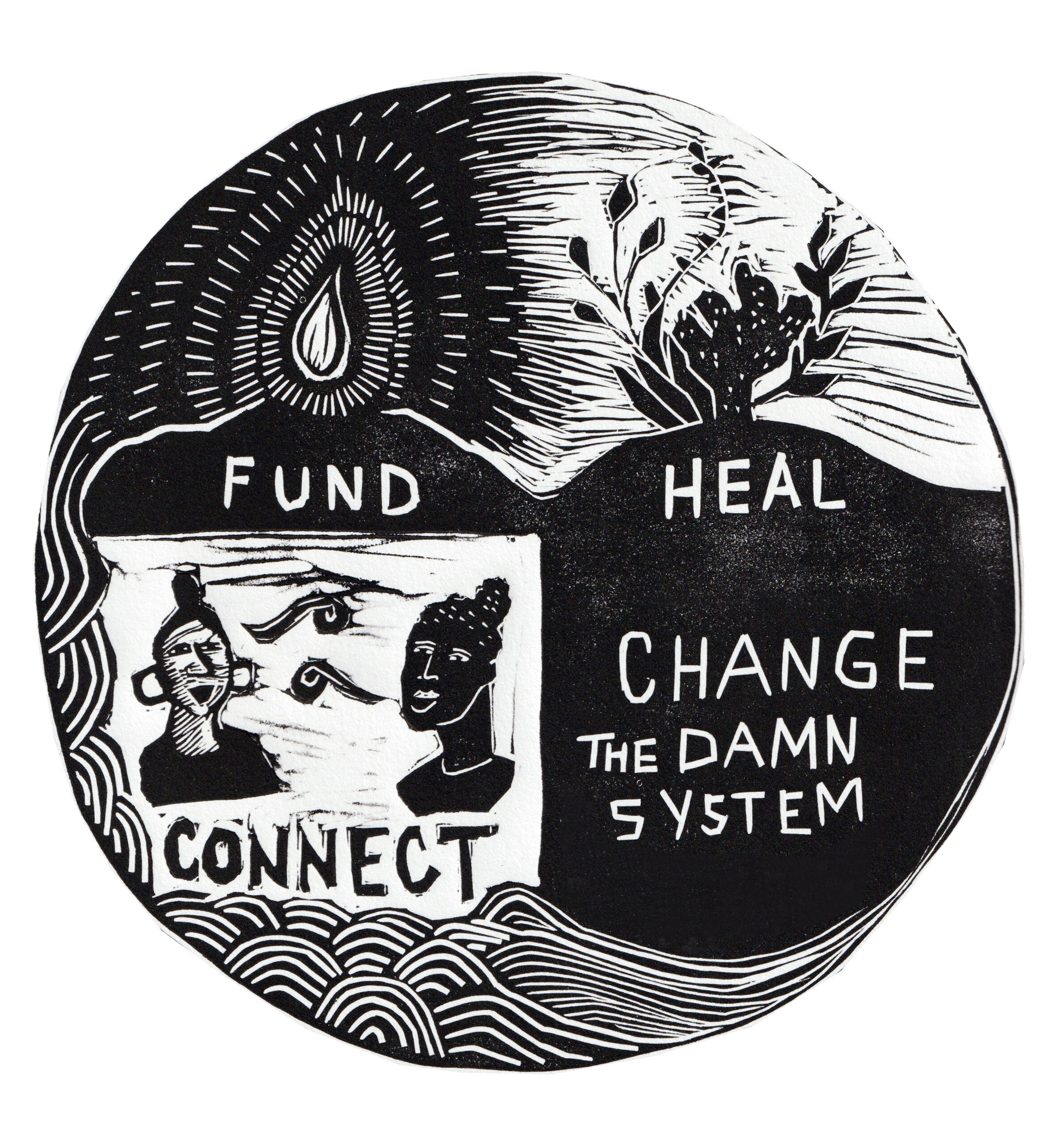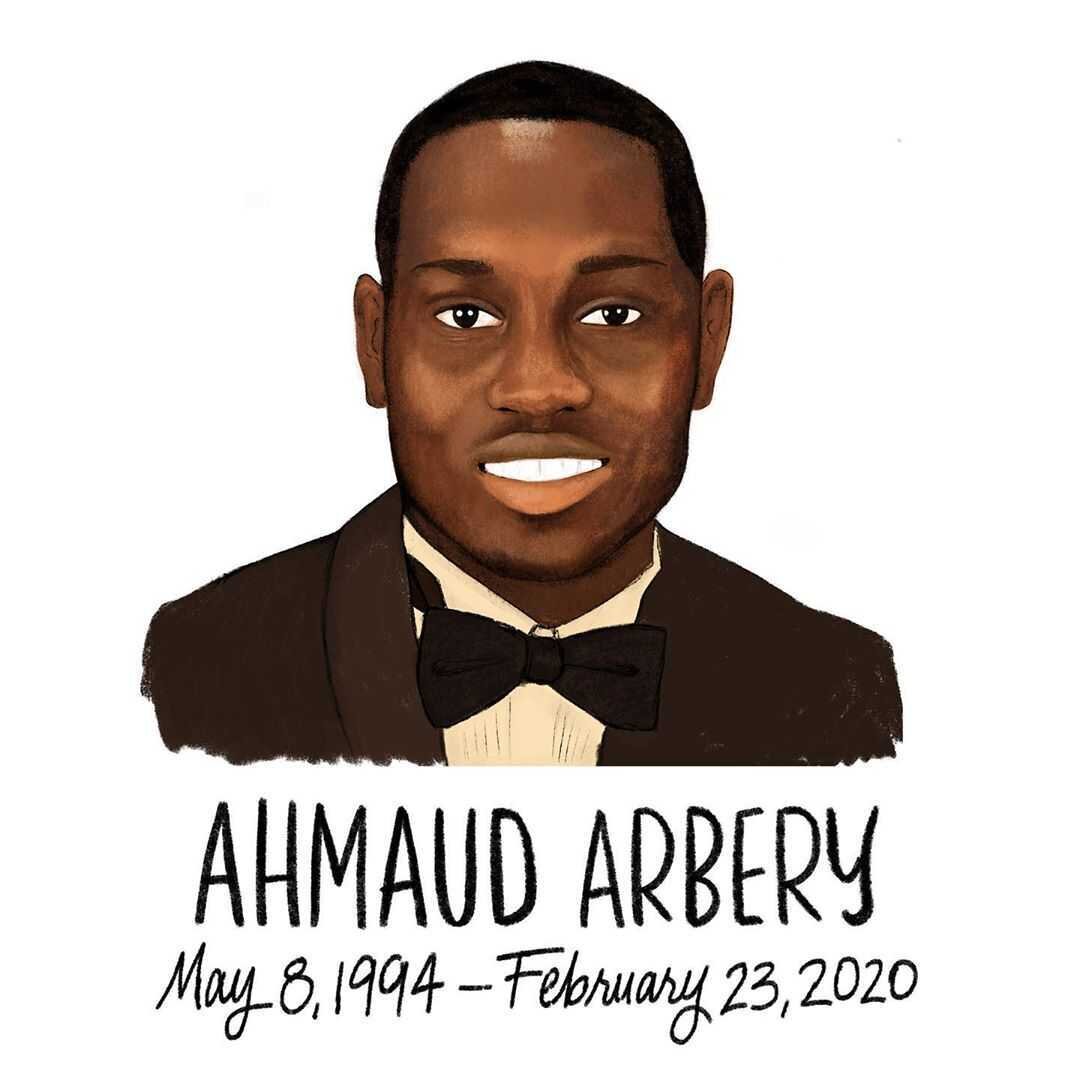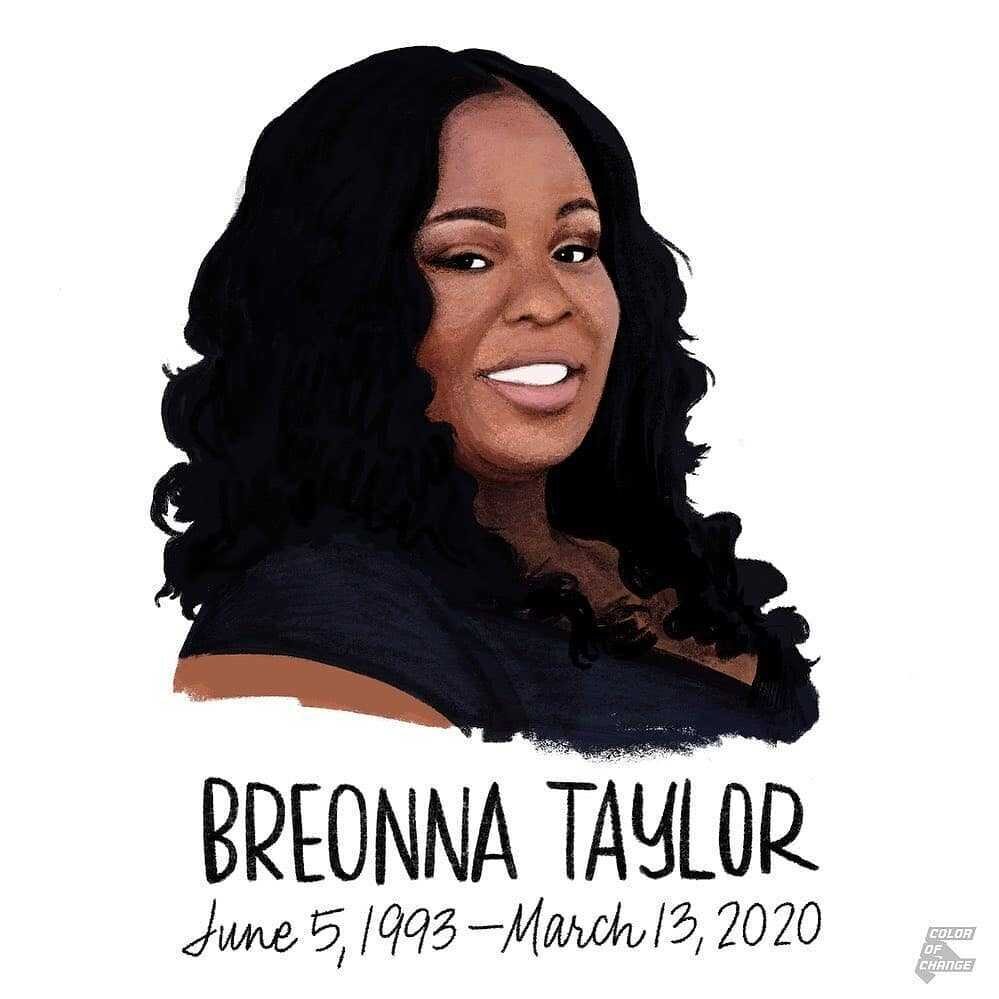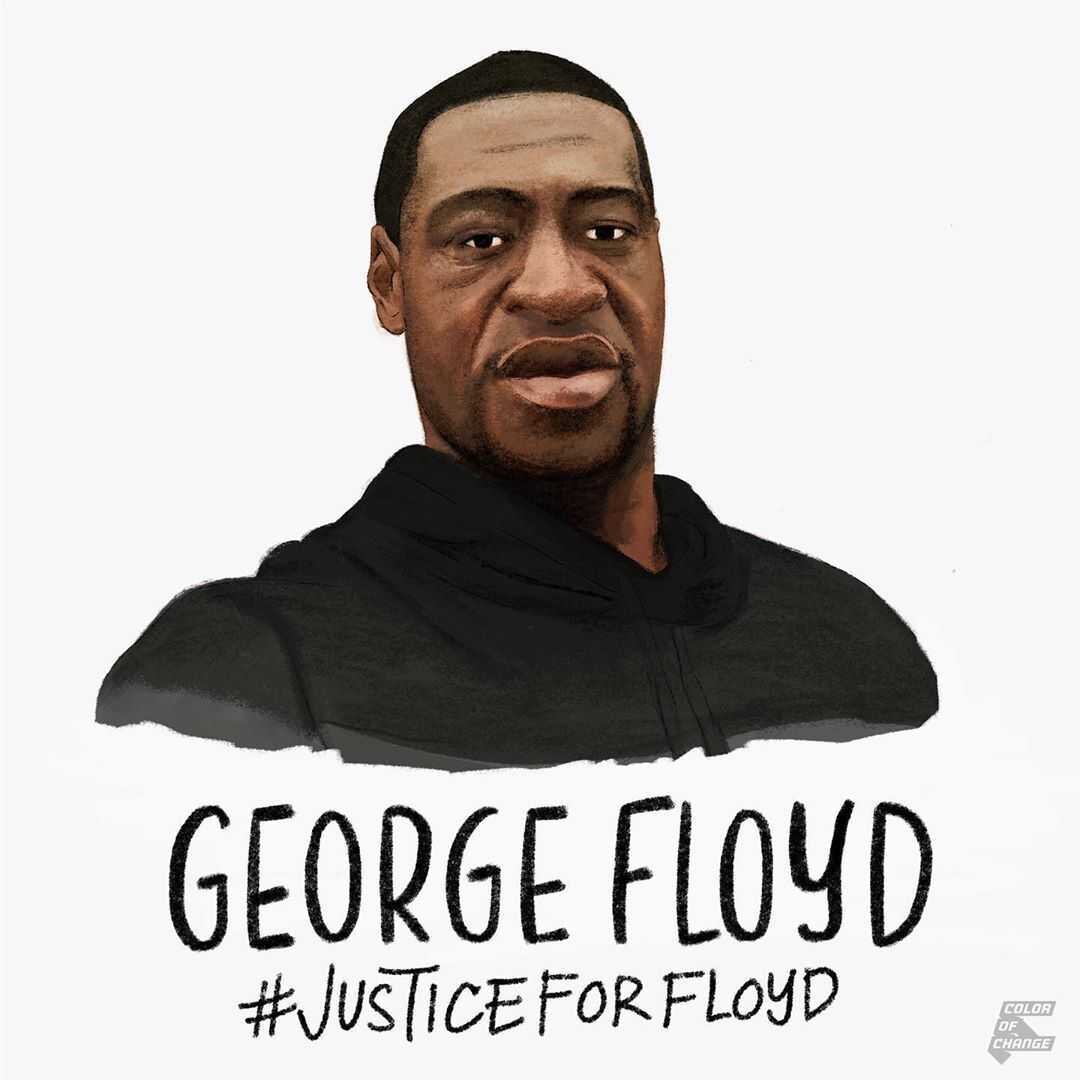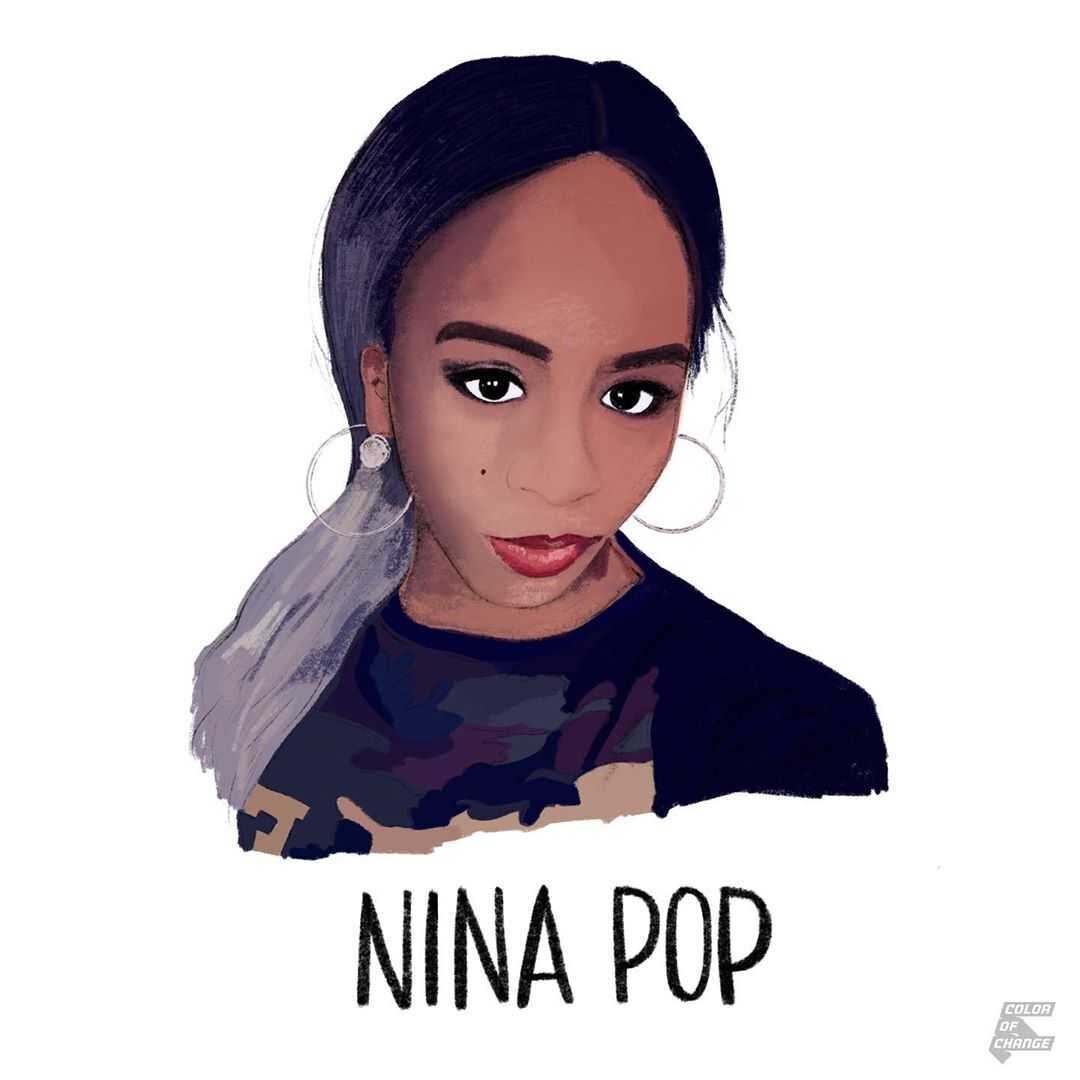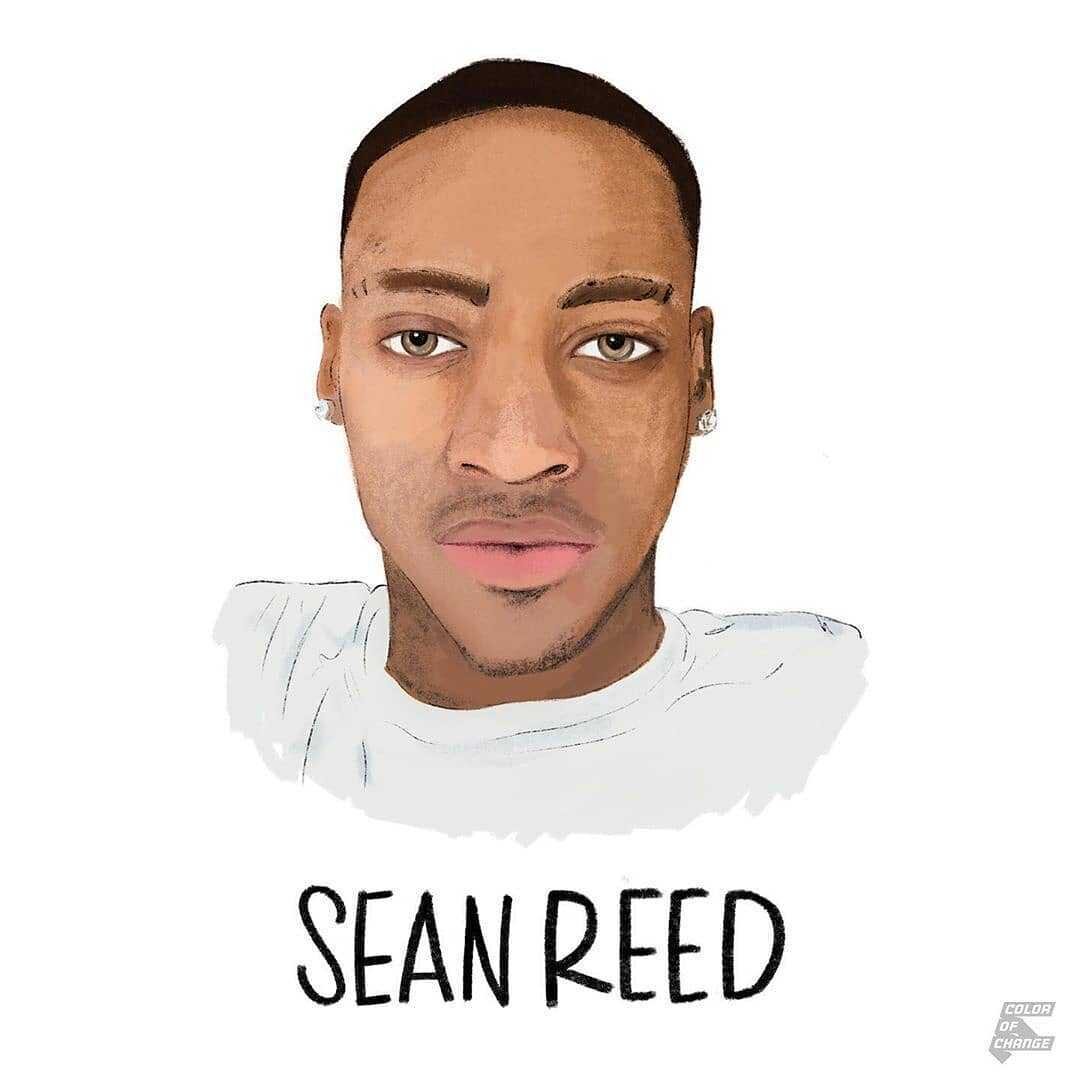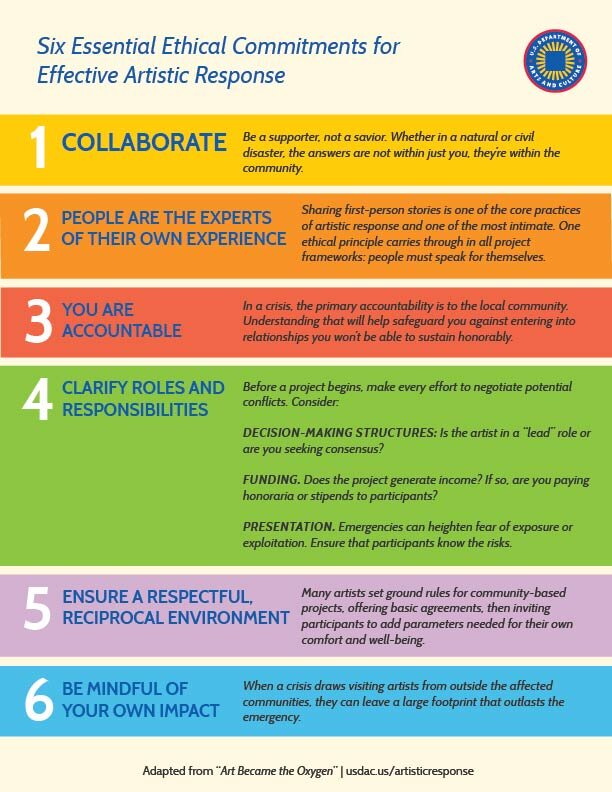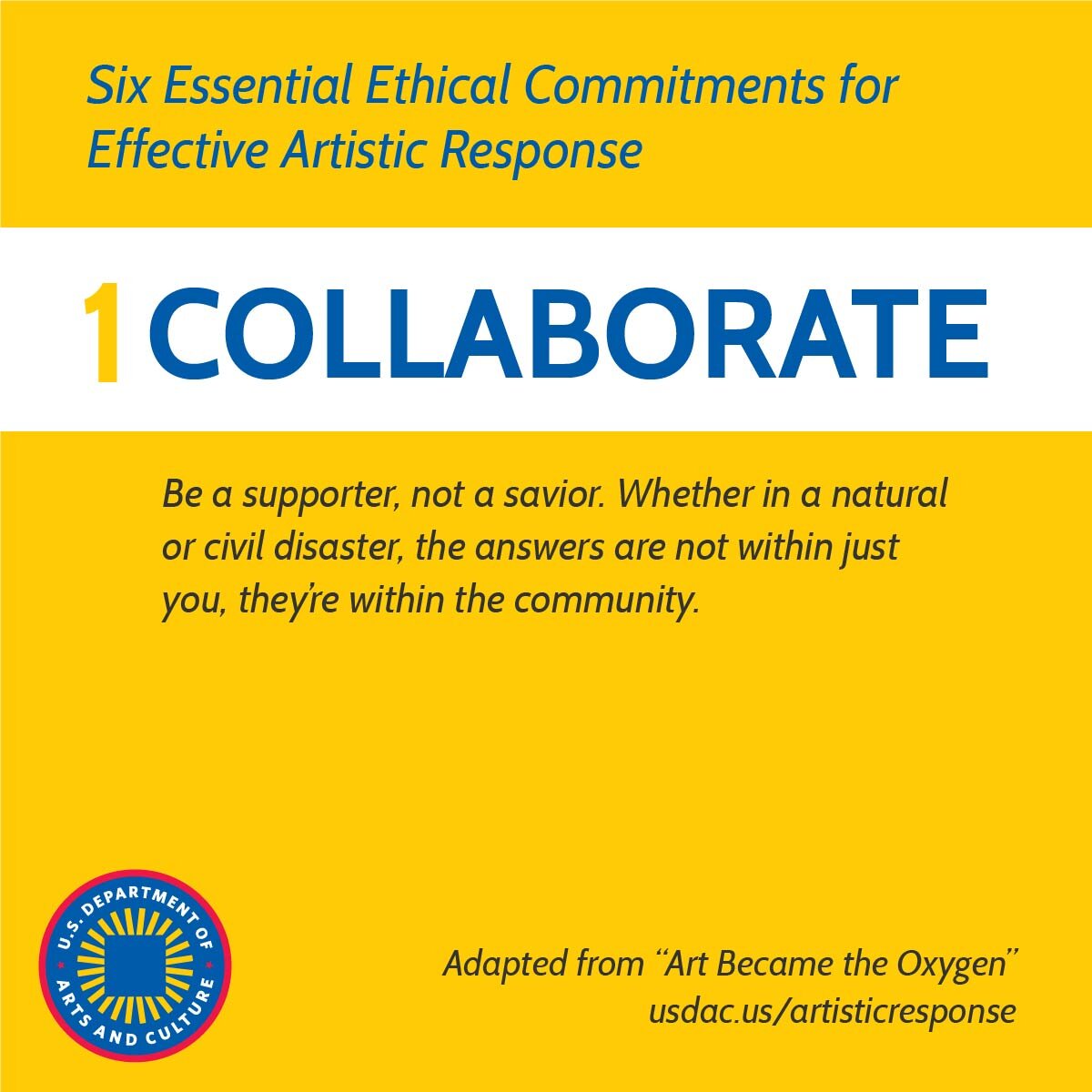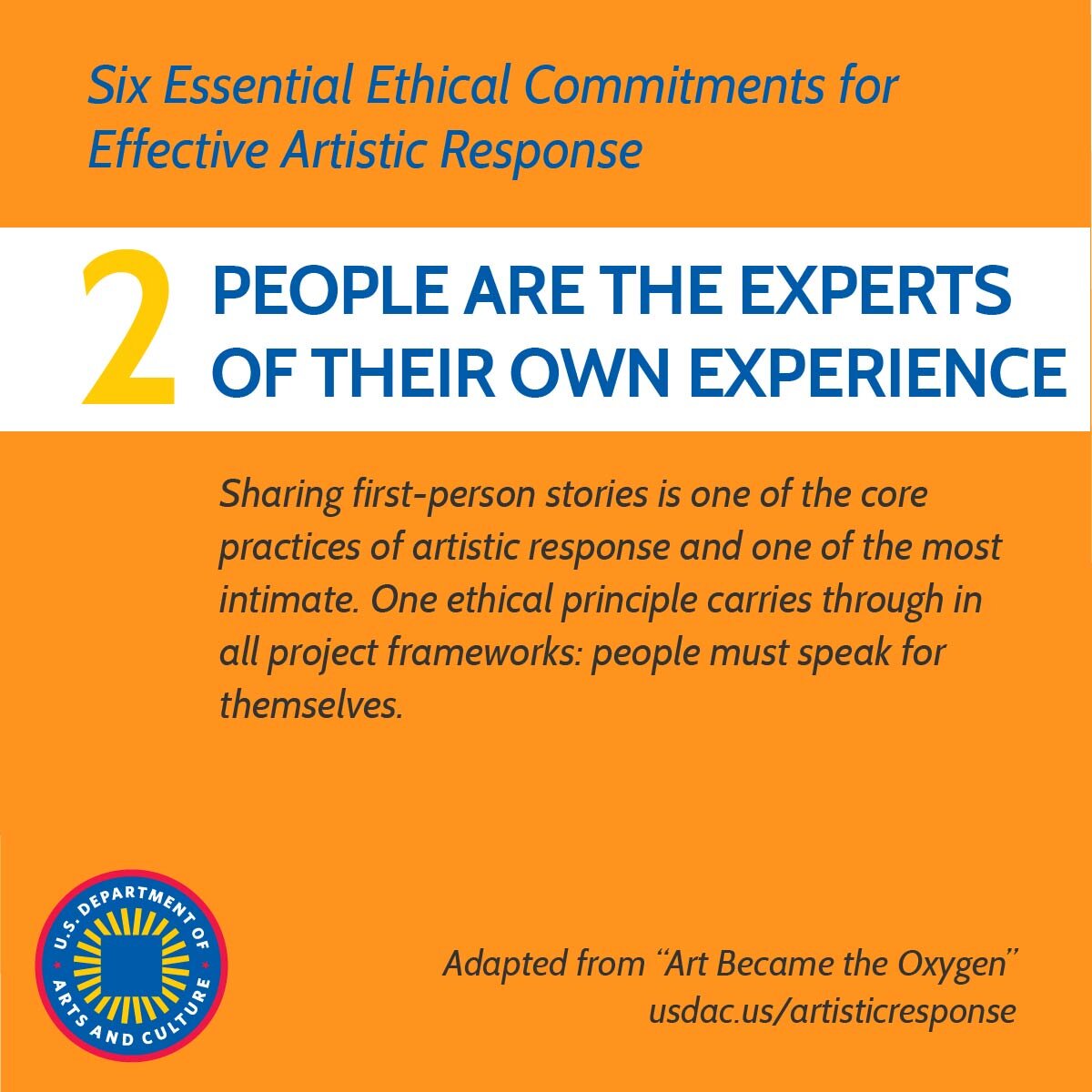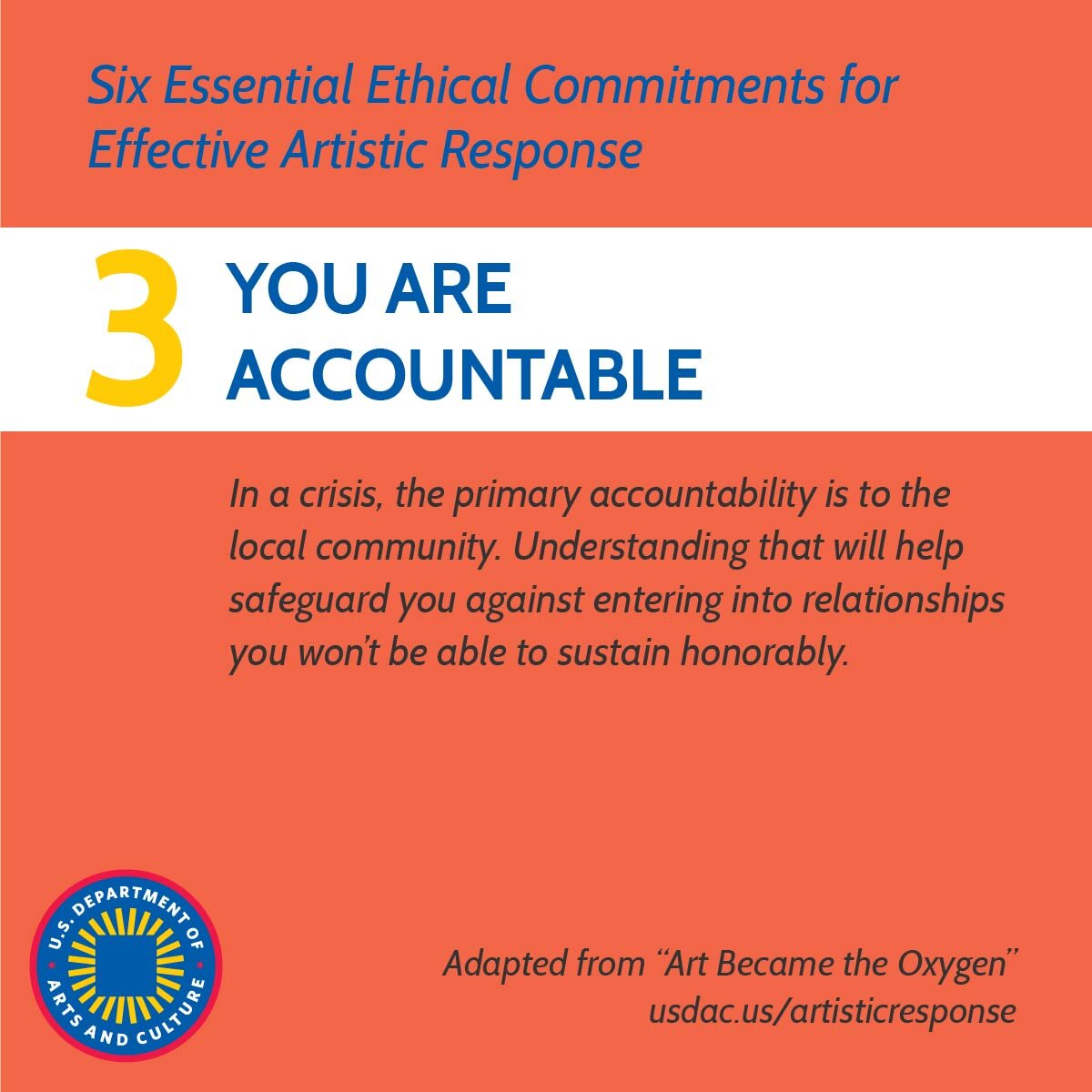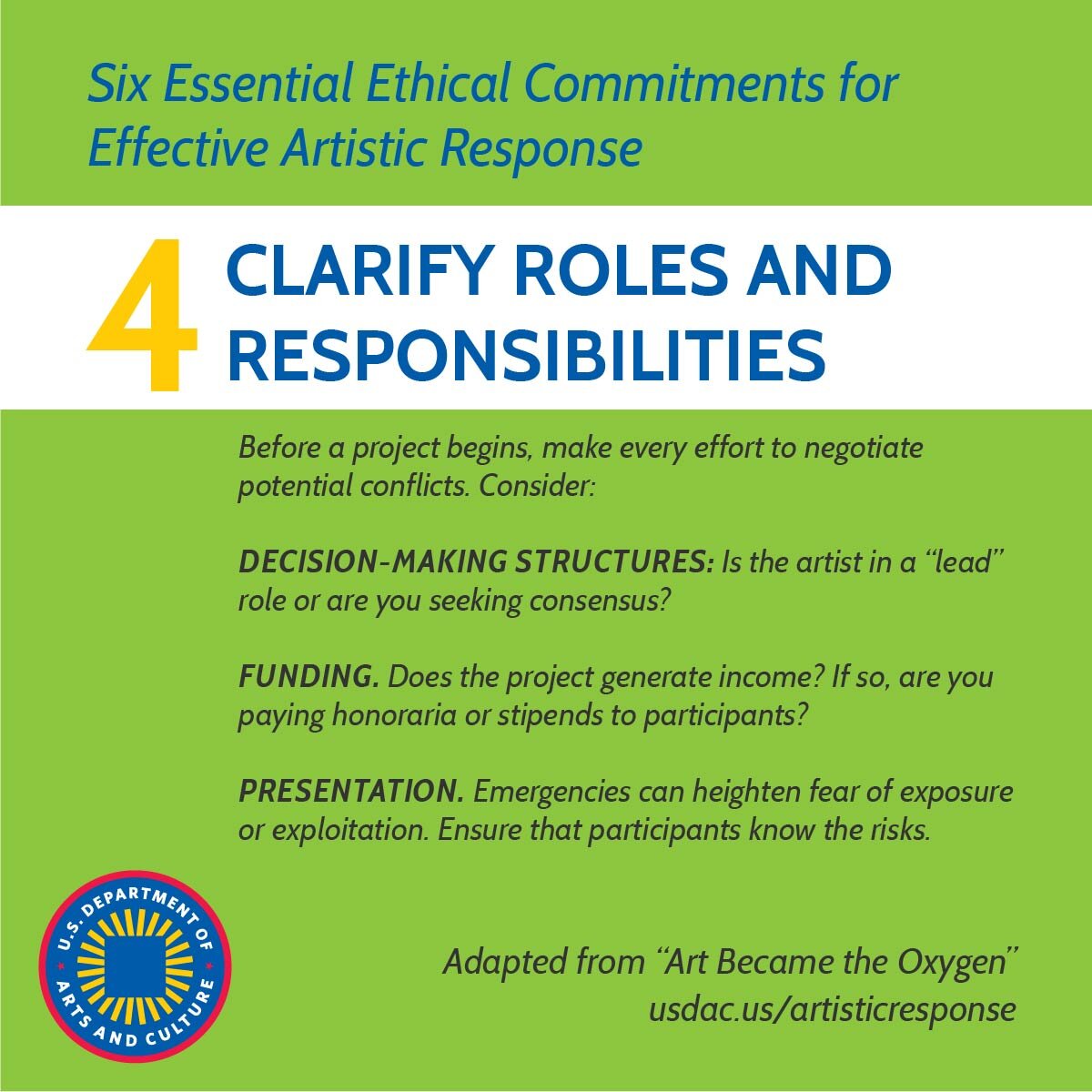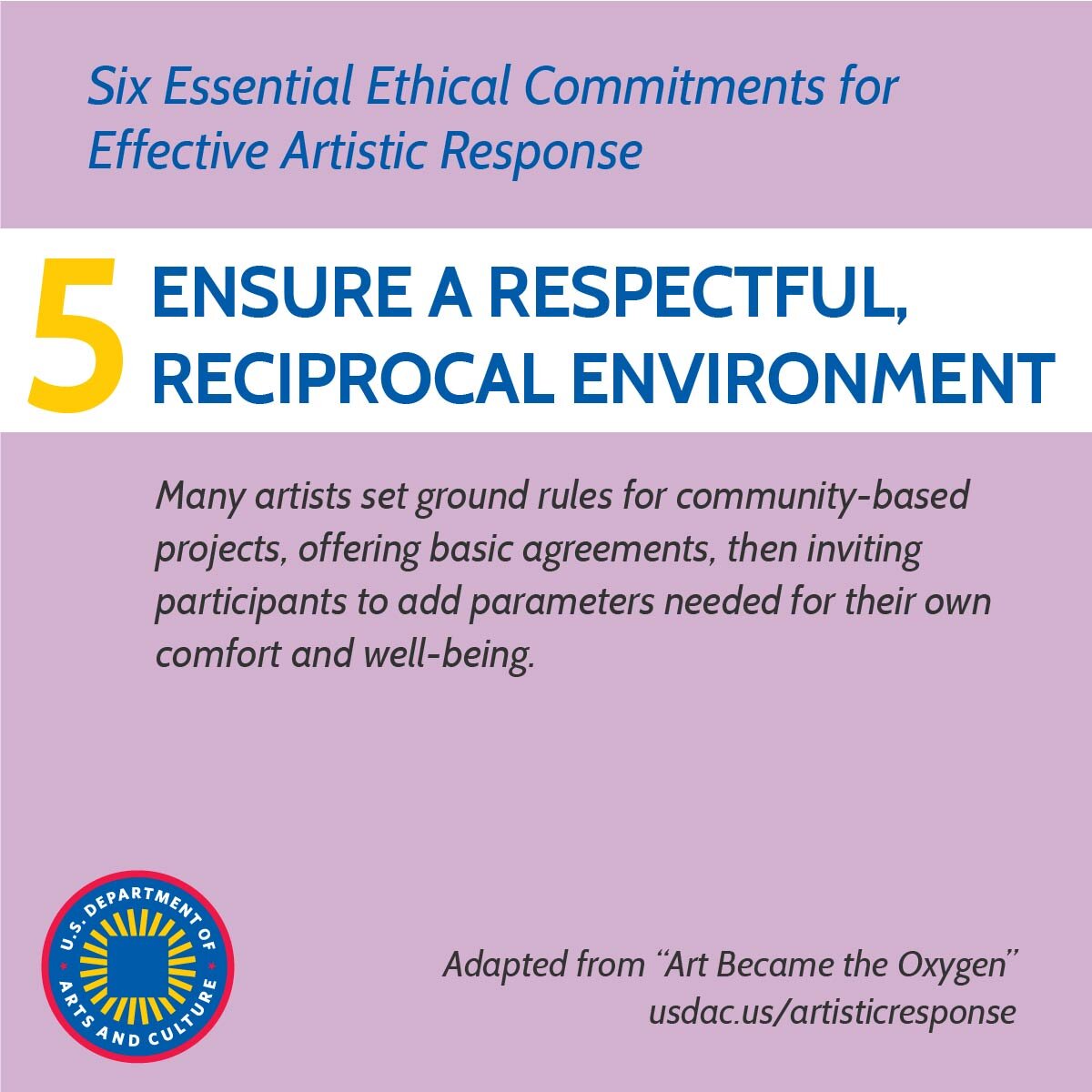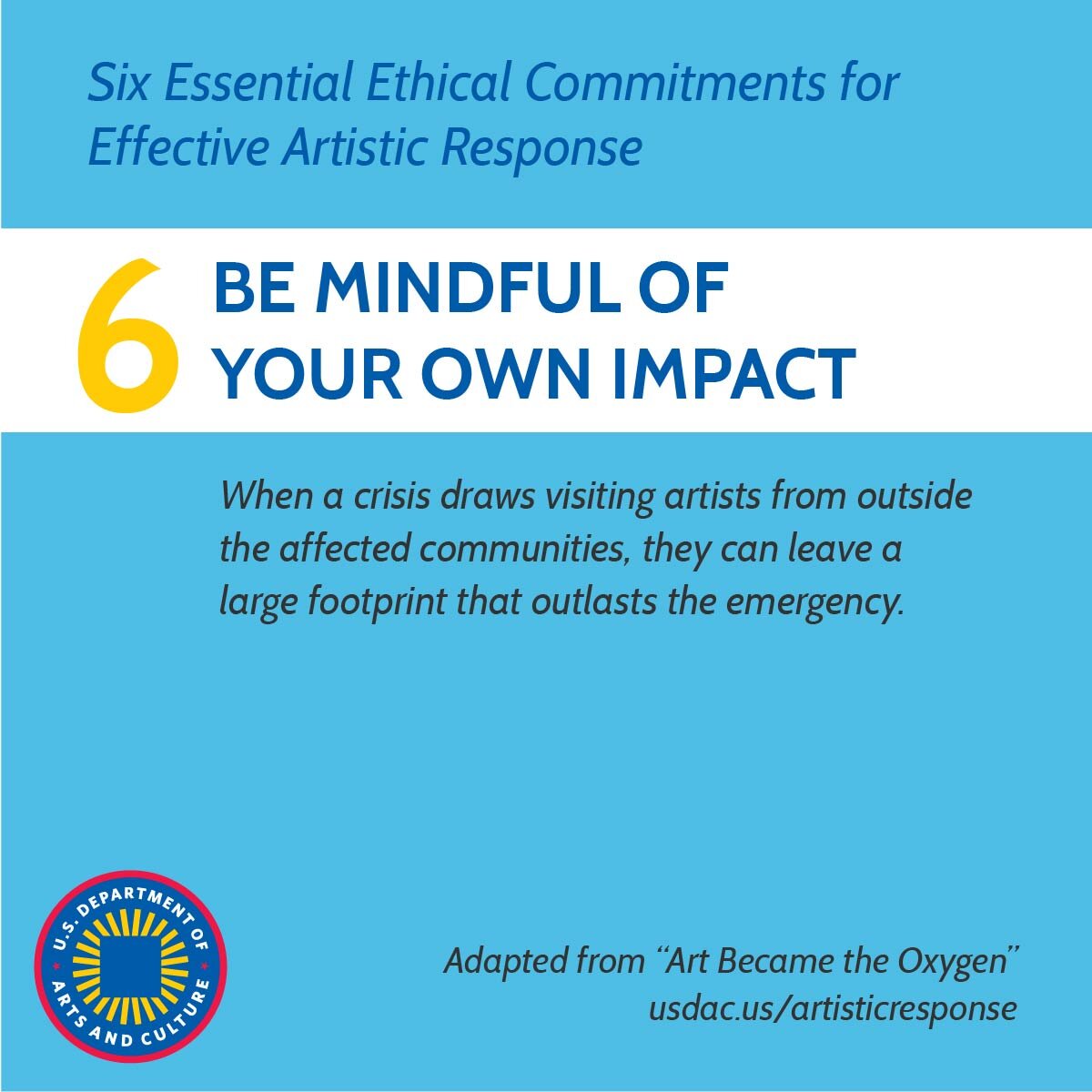INTRODUCTION
When the COVID-19 pandemic reached the United States, we knew we had a responsibility to respond as the U.S. Department of Arts and Culture. But we also knew that we had a responsibility to listen to our community, to learn all the different ways that we were being affected by the pandemic, and all the different ways that we could show up for each other.
So we spent the month of May listening. We asked our network to log onto their ten millionth Zoom call, as well as filling out a digital survey. Nearly 400 of you shared your voices in that process. We reached out to partner organizations, to thought partners, to our USDAC Cabinet. All of those voices build the USDAC community: people whose thinking around arts, culture and social change is so critical that we knew we couldn’t take steps toward coordinated creative response without hearing those voices first.
WHAT WE LEARNED
We broke down what we heard into four different priority areas: fund, heal, connect, and change the damn system.
Image credit: Angela Faz for U.S. Department of Arts and Culture
FUND
We heard loud and clear that artists and cultural workers are struggling economically. Almost half of the survey respondents have lost work due to COVID-19. Our partner organizations emphasized the need for creativity and flexibility in distributing funds to artists and impacted communities. We were also asked to step up and use our platform to advocate for funding to those communities.
What’s going to happen as the unemployment rate begins to skyrocket? What’s going to be true when no one has paycheck to live paycheck-to-paycheck? We need to reorganize forms of social life to help people get through.—Kenneth Bailey, Design Studio 4 Social Intervention
HEAL
You’re all showing up for your communities, but are your communities supporting you the way you need? Our thought partners working in somatic healing, grief, and disaster recovery noted that people are undergoing myriad challenges— grief, depression, anxiety, domestic violence, and many more. We heard a need to pace ourselves and to find creative ways to support personal and community mental health and wellbeing for the long journey ahead.
We need to be learning from our elders/ancestors—folks who have been through war, folks who have been through turmoil. Pausing and learning from them.—Adaku Utah, Harriet’s Apothecary.
CONNECT
You’re all finding ways to connect with your neighbors. From creative uses of Zoom, to Story Circles, to socially-distanced public art projects, artists are showing the power of creativity to build local connections. We were reminded also to think of internet connectivity as a privilege and to consider the communities without digital access. We were called to connect our experiences to a global framework and to imagine new approaches to people-powered diplomacy across borders.
A lot of the art [that we make with women in re-entry] is not about how terrible the moment is but about how beautiful family and community can be. [...] Parable of the Sower by Octavia Butler and the power of speculative fiction is really relevant in this moment.—Mark Strandquist, People’s Paper Coop.
CHANGE THE DAMN SYSTEM
The response was clear: the system needs change. The ways that COVID-19 has disproportionately impacted the most vulnerable has highlighted just how broken our system already was. It wasn’t working for people who are incarcerated, for immigrants, for the elderly, disabled, poor, homeless, queer, black, Indigenous and other people of color. Indigenous communities revisiting the generational trauma of pandemic are experiencing some of the highest rates of COVID-19 infections. Black people continue to bear the brunt of police and white supremacist violence under COVID-19—evidenced by the recent murders of George Floyd, Breonna Taylor, Sean Reed, Nina Pop, Ahmaud Arbery, and Tony McDade.
The system needs to change, and we must act in this moment to build a world that’s equitable for all of us. Many people are starting to think seriously about the ideas of universal basic income, rent cancellation, universal healthcare. Communities that have been under attack for a long time have built, leaned on and refined ancestral technologies to thrive. We’re seeing new systems of mutual aid grow in every pocket of the country, and have the opportunity now to create permanently organized communities. We heard a desire expressed for new tools and resources to support in processes of collective envisioning and organizing. You said it loud and clear: artists are ready to make a new world.
Oppressed people have written the playbook about existing in this moment and surviving pandemic/epidemic. [...] We’re not running towards the fire, we’ve already been in it. [...] The only new thing is that it’s happening today. —Harold Steward, The Theater Offensive
Image credit: Color of Change
WHAT’S NEXT?
We will be using these findings and priority areas to help shape programmatic offerings in the months ahead. Stay tuned for upcoming opportunities for coordinated creative response. In the meantime, we encourage you to reflect on how you can connect to these four different priority areas in your own life and community advocacy—and to draw some inspiration from the projects compiled below.
APPENDIX A: WHAT’S INSPIRING US?
In moments of emergency, artists have the great capacity to envision new futures and to build social well-being. And they’re doing it already! We want to shout out these amazing relief efforts from the arts and culture sector:
#3DPPEARTISTNETWORK
The #3DPPEArtistNetwork is a network of artists using 3D printers to print personal protective equipment and distributing them to frontline responders and impacted communities. #3DPPEArtistNetwork.
ARTIST RELIEF FUND
A coalition of grantmakers came together to create Artist Relief Fund, $5,000 grants to artists facing dire financial emergencies. Apply at: https://www.artistrelief.org/
ASIAN AMERICAN FEMINIST ANTIBODIES ZINE
Asian American Feminists Collective presents this zine that addresses care in the time of coronavirus, and anti-Asian racism. https://www.asianamfeminism.org/resources
AUNTIE SEWING SQUAD
Artist, local representative, and self proclaimed “sewing overlord” Kristina Wong has organized a 700+ member and growing Facebook group of Aunties who are sewing face masks for vulnerable communities such as farmworker communities and indigenous communities. The Aunties support each other with virtual sewing parties and self care goodies, and organize expeditions to drop off supplies. https://donorbox.org/auntie-sewing-squad
CV19MEMORIAL
Led by a team of international artists and activists, cv19memorial creates a digital space in which to submit testimony and mourn the lives lost to COVID-19. http://www.cv19memorial.org/
DEAR FRONTLINE
Visitors to Dear Frontline can write a message to frontline workers on artist-designed postcards by Carrie Mae Weems, Favianna Rodriguez, Kate DeCiccio, and more. https://dearfrontline.com/
FILL THE WALLS WITH HOPE, RAGE, AND DREAMS!
Fill the Walls with Hope, Rage, and Dreams solicits submissions from visual artists and poets, which are then turned into beautiful posters that are wheat pasted in public. The posters create a reminder to those of us out in public that even though we are socially distant from each other, we are not alone. https://coverthewallswithhope.weebly.com/
JUST SEEDS COLLECTIVE
Printmaking collective Just Seeds Collective has been releasing Care Packages, free graphics related to COVID-19, healthcare, mutual aid, and more. https://justseeds.org/graphic/care-package-1/
NO GOING BACK: A COVID-19 CULTURAL STRATEGY ACTIVATION GUIDE FOR ARTISTS AND ACTIVISTS
Our friends at The Center for Cultural Power have just released “No Going Back: A COVID-19 Cultural Strategy Activation Guide for Artists and Activists” to meet the moment and help drive the lasting change we need. This artful guide helps movement groups and artists create aligned narratives that move us toward policies we need now, and gives tips on how to put this guide to practice. bit.ly/covidartistguide
SUNRISE CREATIVE SCHOOL
Want to learn how to make change during this moment of crisis? Sunrise Movement is taking applications for their creative school, a 3 week online course that teaches young people the basics of artistic activism such as: “Visual Art as an Organizing Tool,” “Video Production as an Organizing Tool,” and “Graphic Design Skills, Tools, and Strategies for Organizing.” https://www.sunrisemovement.org/sunrise-creative-school
YIMFY2020
Artists Daniel Tucker and Emily Bunker turned their stimulus checks into Yes In My Front Yard 2020, an exhibition of yard signs featuring artwork by local artists. https://yimfy2020.wordpress.com/
APPENDIX B: USDAC RESOURCES
ART BECAME THE OXYGEN: AN ARTISTIC RESPONSE GUIDE
Art Became The Oxygen incorporates first-person experience and guidance from respected voices deeply engaged in artistic response from Katrina to Ferguson, from Sandy to Standing Rock. It includes hundreds of links to powerful arts projects, official emergency resources, and detailed accounts for those who want to go even deeper. https://usdac.us/artisticresponse
SIX ESSENTIAL ETHICAL COMMITMENTS FOR EFFECTIVE ARTISTIC RESPONSE
We broke down our lessons learned in Art Became the Oxygen into these six bite-sized shareable principles, which you can use in your teaching and in your artistic practice. Download images here.
